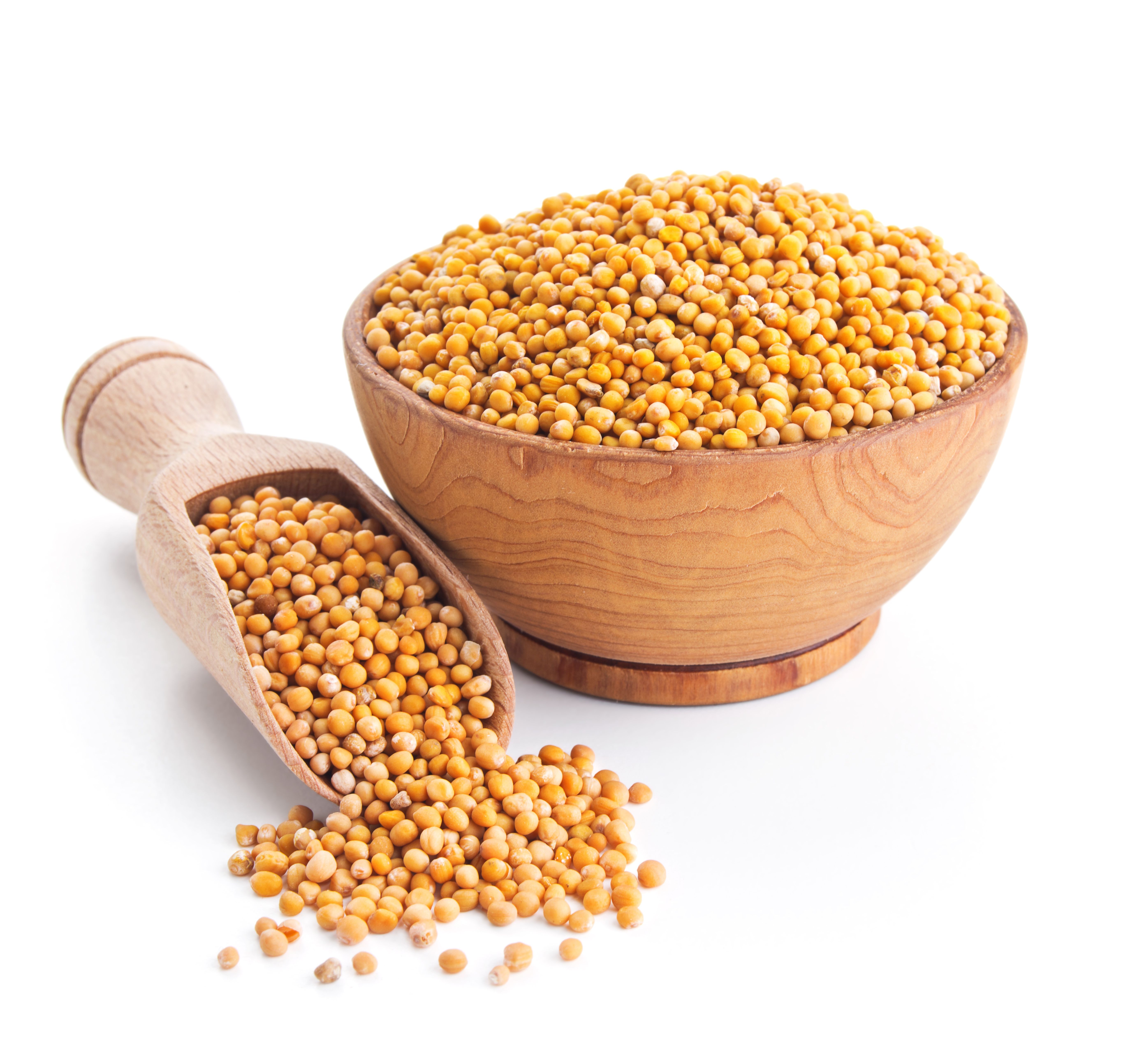Study Reveals Uptake of Heavy Metals in Hemp and White Mustard Using Laser-Induced Breakdown Spectroscopy
A recent study utilized laser-induced breakdown spectroscopy (LIBS) and inductively coupled plasma optical emission spectroscopy (ICP-OES) to examine the uptake and distribution of heavy metals in industrial hemp and white mustard plants.
A study published in Spectrochimica Acta Part B: Atomic Spectroscopy journal provided new information on the distribution of nutrient elements and the uptake of toxic metals in industrial hemp and white mustard (1). In the study, the research team utilized laser-induced breakdown spectroscopy (LIBS) and inductively coupled plasma optical emission spectroscopy (ICP-OES) to examine the behavior of heavy metals in these plants (1).
white mustard seeds isolated on white | Image Credit: © andriigorulko - stock.adobe.com

The legalization of cannabis is becoming more ubiquitous as a general observation. As a result, it has caused the cannabis industry to increase exponentially. Because the rapid expansion of the global cannabis farming industry has taken place, it is important that professionals in the cannabis industry understand how heavy metal-contaminated soil could influence the growth of hemp plants (1). Hemp has been found to be a hyperaccumulator of heavy metals such as cadmium (Cd) and lead (Pb), allowing it to thrive in soils with high concentrations of these contaminants (1).
The researchers investigated the uptake and translocation of Cd and Pb in Cannabis sativa L. (1). To do this, three-day seedlings were introduced to varying concentrations of heavy metals for three days (1). Then, toxicology studies were done. Here, the researchers analyzed the localization and total uptake of heavy metals, essential elements, and trace elements using LIBS and ICP-OES (1).
In addition to hemp, the study also examined the reference plant Sinapis alba L (1). Toxicity tests revealed that a low concentration of 20 μM of CdCl2 and PbCl2 proved to be toxic for S. alba, while C. sativa exhibited reduced growth at concentrations of 500 μM of CdCl2 and 50 μM of PbCl2 (1).
The 2D bioimaging LIBS maps revealed that it was the roots of both plant species where the heavy metals accumulated (1). The researchers also saw no evidence of translocation to the stems and leaves (1). These findings were corroborated by the ICP-OES analysis. Moreover, the researchers successfully conducted bioimaging of important elements, including calcium (Ca), copper (Cu), magnesium (Mg), and strontium (Sr), within the plants (1).
One notable achievement of the study was the creation of a calibration curve for Pb, based on the data obtained from LIBS and ICP-OES (1). By correlating the Pb intensities distributed over multiple pixels in the LIBS maps with concentration values from the ICP-OES, the researchers established a reliable method for quantifying Pb levels in the plants (1).
This research contributes valuable insights into the behavior of heavy metals in industrial hemp and white mustard, paving the way for future studies on phytoremediation and the safe cultivation of these plants in heavy metal-contaminated environments. The findings can assist farmers and policymakers in making informed decisions regarding crop selection and land use, ensuring the sustainable and responsible development of the cannabis farming industry.
Reference
(1) Brennecke, T.; Čechová, L.; Horakova, K.; Simonikova, L.; Buday, J.; Prochazka, D. Modlitbova, P.; Novotny, K.; Miziolek, A. W.; Porizka, P.; Kaiser, J. Spectrochimica Acta Part B: Atomic Spectrosc. 2023, 205, 106684. DOI:10.1016/j.sab.2023.106684
Laser Ablation Molecular Isotopic Spectrometry: A New Dimension of LIBS
July 5th 2012Part of a new podcast series presented in collaboration with the Federation of Analytical Chemistry and Spectroscopy Societies (FACSS), in connection with SciX 2012 — the Great Scientific Exchange, the North American conference (39th Annual) of FACSS.